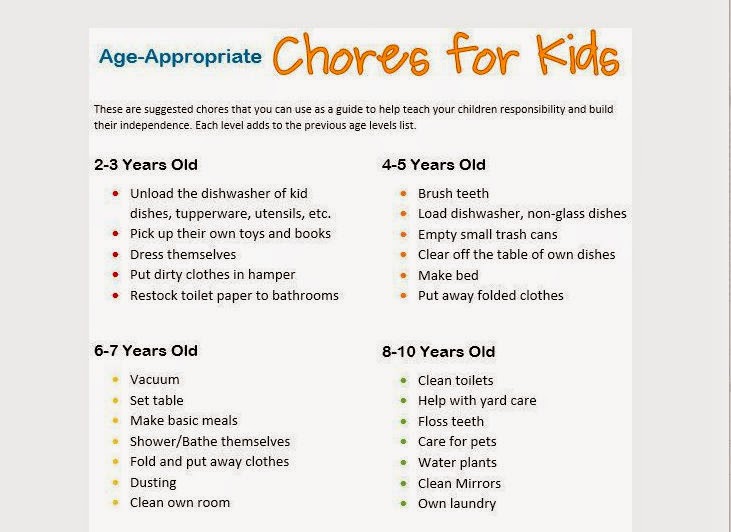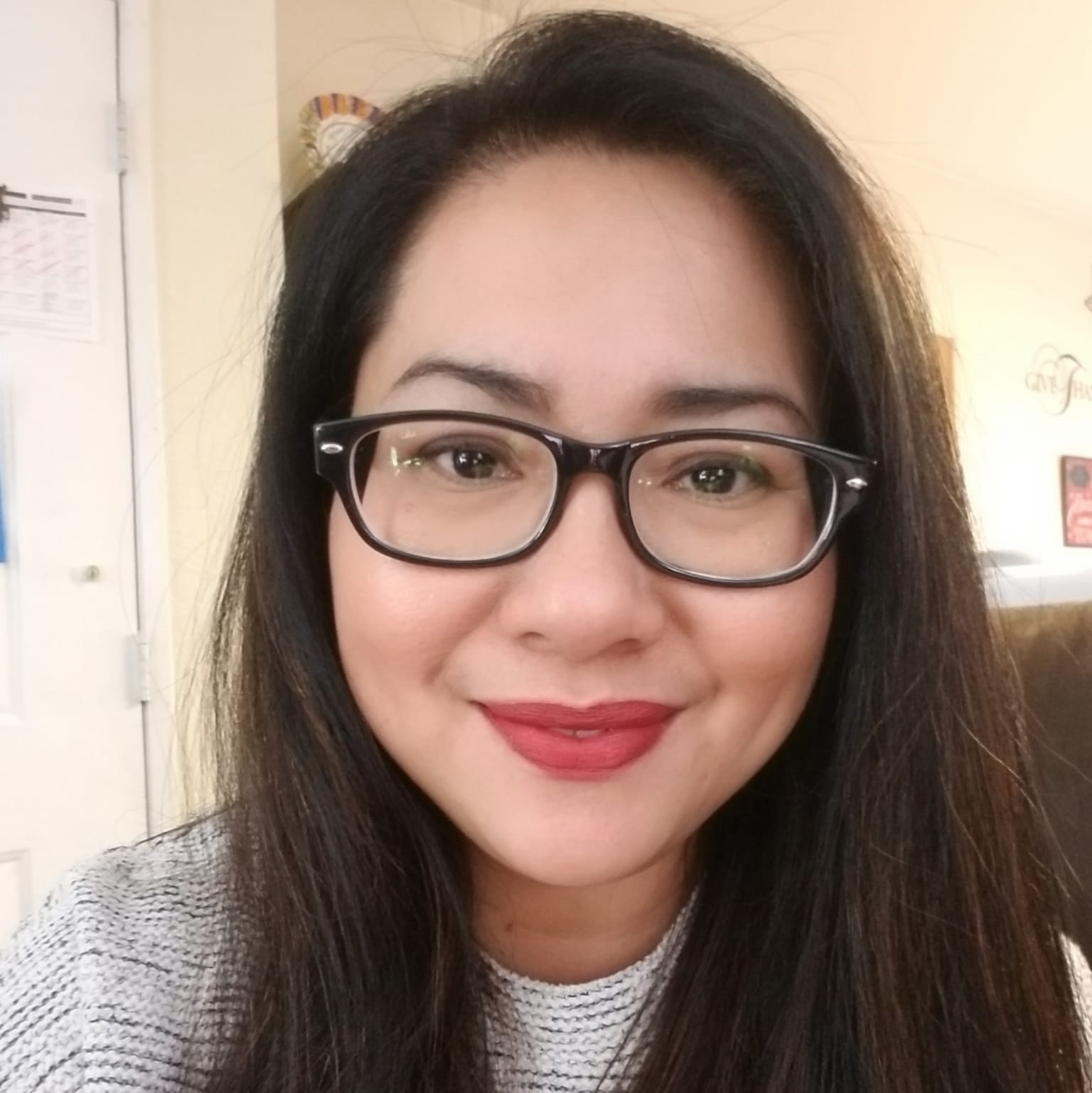Who is Maria Montessori?
Maria Montessori was born on August 31, 1870, at Chiaravalle, Italy, to a middle-class and well-educated parents. She was born in an era where Italy held conservative values about women's roles. When they moved to Rome at the age of 14, she broke out of this gender limitations. She studied in a boy's technical institute and later on graduated with a degree in Medicine.. which is not all normal in Italy at the time. Only men are known to be doctors. She broke out of these "norms" and succeeded without her father's approval. , but gaining her mother's full support. Even the medical school she attended wasn't very accepting but later on proved that a woman like her can do it with high honors.
Her specialty was in Pediatrics and Psychiatry where she treated mostly underprivileged children but saw great potential in them. Maria Montessori was placed in charge of 60 poor students (age 1 to 6). At the school, Casa Dei Bambini, Montessori created the "prepared learning" environment because she believed that it was conducive to sense learning and creative exploration. Teachers were encouraged to stand back and "follow the child"—that is, to let children's natural interests take the lead. It is base on inner motivation, discarding the method of gaining stars or grades. She wanted her method to be an open-minded method and not fixed.
There are 2 key Components to the Montessori Method:
1. ENVIRONMENT -includes educational materials and exercises.
2. TEACHERS - who prepare the environment and encourages the learning.
For the Environment .. it should be a nourishing place for the child, it should be a place for self-construction where the child can reveal his or her personality and growth pattern to the teacher.
---. the environment should be :
- FREE AND OPEN - kids should be given activities that would encourage their independence.
- WITH STRUCTURE AND ORDER - environment should have structure and order and must be internalized by the kid. Because through this kids will learn his/her environment. He knows where to go and find the materials. ( materials are arranged according to the interest of the kids and grouped by difficulty).
- REALITY AND NATURE- it needs to be tailored to bring the child closer to reality. This means that it needs to be authentic – real equipment, real glasses ( I know -- I don't have the strength to give our daughters real glass), real kitchen materials, nourishing food. There should be close contact with nature ( taking care of plants and pets)
- BEAUTY AND ATMOSPHERE - the atmosphere should be "beautifully simple" ..relaxing and warm, inviting and positive so the child will want to participate.
- MATERIALS - Montessori materials must be given to the child at the right time according to his pace or development.
According to
Maria Montessori :
“An excessive quantity of the educative material may dissipate the attention, render the exercises with the objects mechanical, and cause the child to pass by his psychological moment of ascent without perceiving it and seizing it…Over-abundance debilitates and retards progress; this has been proved again and again.”
- DEVELOPMENT OF COMMUNITY LIFE - the kids are responsible for their classroom or a dedicated room for learning.. and if you will do the Montessori at home..and with siblings.. they are also responsible with each other.
If you want to start the Montessori Method at home, there are four categories to consider :
Daily Living exercises - includes learning how to take care of themselves ( age-appropriate of course, let's not expect a 4 yr old to know how to floss really well ) and their environment.
Click here for a sample of age-appropriate Chores for kids. It is a free printable too from A Mom's Take.
Sensorial Material - includes education and refinement of the senses. ( visual, tactile, auditory etc) , to assist the child's development.
Academic- language, writing and reading. mathematics, geography, and science.
Cultural and Artistic materials - for example, music. Anything that deals with self-expression.
Please know that every child develops at their own pace. Learning through play is crucial in their development.
** It is a black and white printable.
Materials :
- Sandpaper - we just bought this pack from Home Depot, 12 pack for about $10 or cheaper for a smaller pack.
- Glue
- Paint chips samples from Home Depot - FREE ( blue and red)
- Scissors - that you don't mind using to cut the sandpaper with.
- template. ( shown above)
Trace and Cut your letters. Glue it on your paint chips sample. Blue for vowels, Red for consonants. You can trim the paint chips as well if you don't want that tiny paint name at the bottom right side of it. Let the glue completely dry.
What is the purpose of Sandpaper letters?
To learn the sound and shape of the letters of the alphabet. To gain
a muscular memory of the shape of the letters as an introduction to writing and reading.
How to do the Montessori method:
Introduce the phonetic
sounds to the child, your child will hear the sound, see its representation in the form of a
letter, and feel the way it is written ( she /he feels the letter with his fingers). This will help him develop a good pattern for handwriting.
If you want to see a video of how it is done, here's a good demo:
BOOK RESOURCES :
Not the DIY type of person? Here's where you can buy the Sandpaper letters and other Montessori materials:
Less Expensive Materials:
** Nienhius and Gonzagarredi make their materials from Association Montessori Internationale blueprints.
Don't forget to pin and share!















Thank you for this post as it was so informative. I think I will make these.
ReplyDelete